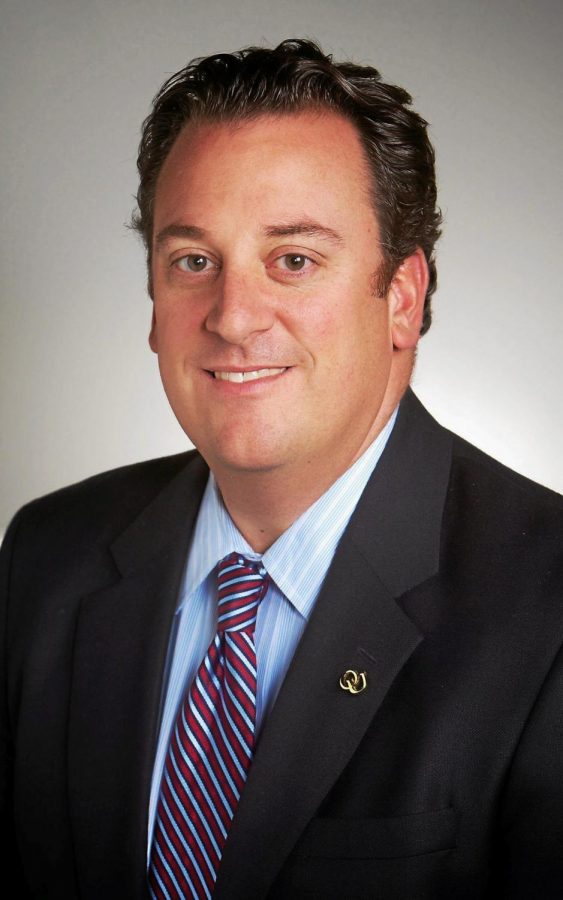New report shows increase in voter participation among campus community
Photo Courtesy of Oakland University
Political Science professor David Dulio
Congratulations, OU students! On nearly every measure, OU students outperformed the national average in terms of voter participation on Election Day 2018.
The National Study of Learning, Voting and Engagement (NSLVE), which is run through the Jonathan M. Tisch College of Civic Life at Tufts University, recently released data on voter turnout on college campuses across the nation. The average voter turnout on campuses that participate in the study (over 1,000 of them) was 39.1% — here on our campus, voter turnout was nearly 47.5%.
Remarkably, this represents an increase of nearly 22.5 percentage points over the turnout number from the previous midterm election in 2014. In raw numbers, nearly 3,900 more OU students cast a ballot in 2018 than did in 2014. These voter turnout statistics continue a trend of on campus — in 2016, OU student voter turnout rate (nearly 57%) bettered the national average by more than 6 percentage points (the national average was 50.4%).
The voter registration rate of OU students also went up in 2018. As of the 2018 midterm election, 69.5% of all OU students were registered to vote, up from just over 63% in 2014. What is more, of only those OU students who were registered, over 68% cast a ballot in 2018. According to NSLVE, this beats the national average by nearly 15 percentage points.
While there is great news throughout the latest report from NSLVE on voter participation on our campus, there are some areas where we can improve. While it increased from 2014 and beat the national average, the fact remains more OU students didn’t vote in 2018 than did. With voter turnout under 50%, there is a great opportunity to improve and bring more students into the process.
In addition, there was uneven voter turnout across age group, which mirrors trends nationally. In particular, OU students over 40 years of age voted at a roughly 70% clip, while those under 40 were stuck in the mid-40% range. Most votes cast by OU students, unsurprisingly, were by those 18-21 years of age; those in this age group voted at a rate of over 43%. There was also uneven participation across field of study — some were over 60% while others saw turnout only slightly over 30%.
One place that generally sees large differences in the electorate as a whole is participation across racial and ethnic groups. This was not the case on OU’s campus in 2018. While more white students voted (48.4%), African American students (45.2%) and Hispanic American students (45.1%) were right behind. However, there was lower participation among Asian American students and Native American students in 2018.
All in all, the latest NSLVE report is excellent news for our campus. It shows — compared to other campuses and the nation — that our students are relatively engaged in a critical component of our civic and democratic society. But, as I noted, there is more work to do. Indeed, when we really reflect on it, voter turnout of less than 50% is really nothing to brag about. We can do better as a campus and a community in terms of engaging in our democracy.
As the director of the Center for Civic Engagement here on campus, one of the main activities we engage in is providing students the tools they need to become an active participant in their democratic system. This includes voter registration. OU Student Congress (OUSC) has been a great partner for the Center in this effort, and they have done great work in this regard. Changes to the voter registration process are coming after the passage of Proposal 3 in 2018. We will work to take advantage of those changes and make it easier for OU students to register.
The Center — with help and support from OUSC, the Office for Student Involvement, a variety of faculty and staff, as well as the University’s administration — also looks to provide the campus with a wide range of democratic engagement opportunities. These come in the form of speakers, panel discussions, debate watch parties and other activities.
As we move deeper in to the 2019 fall term and then turn the page to 2020, keep an eye out for opportunities related to voter registration, voter engagement and civic engagement in general.









